
PhD Historian | @RoyalHistSoc Fellow
RCAF | RAF | RNAS | RFC | Canadian army
First World War | Second World War
Cartographer | Graphic Designer
How to get URL link on X (Twitter) App


 This RAF photo was taken at the height of the battle on 9 Aug. It shows the desparate drama of the fighting that day. The final location of WF is visible as the rectangular field on the left side of the photo. This is near Point 140 east of Estrees-la-Campagne. 2/11
This RAF photo was taken at the height of the battle on 9 Aug. It shows the desparate drama of the fighting that day. The final location of WF is visible as the rectangular field on the left side of the photo. This is near Point 140 east of Estrees-la-Campagne. 2/11 

 The RAF employed all the tasks of modern air power: air superiority, reconnaisance, interdiction, and close support missions among others. It was the first thoroughly modern and comprehensive application of air power on the battlefield and set the standard for future air ops.
The RAF employed all the tasks of modern air power: air superiority, reconnaisance, interdiction, and close support missions among others. It was the first thoroughly modern and comprehensive application of air power on the battlefield and set the standard for future air ops. 

 The German army made a brief stand south of Caen while a succession of Anglo-Canadian operations - Goodwood/Atlantic and Spring as well and British operations west of the Orne River severely attritted their combat strength.
The German army made a brief stand south of Caen while a succession of Anglo-Canadian operations - Goodwood/Atlantic and Spring as well and British operations west of the Orne River severely attritted their combat strength. 
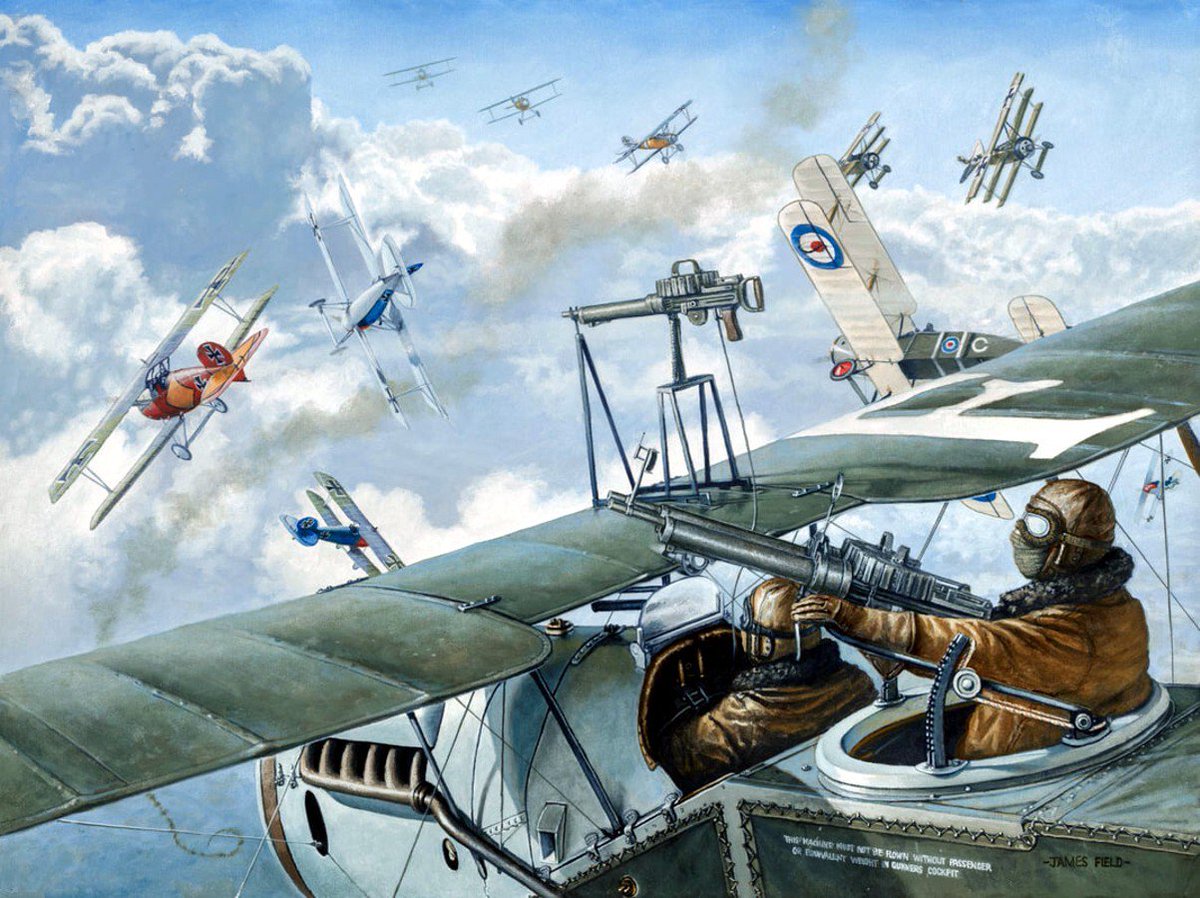
 On the evening of 7 May 1918, two Brisfits from No 22 Squadron set out on an observation patrol north of Arras. One aircraft was flown by 2Lts Alfred Atkey (from Toronto) and observer Charles Gass. The other craft was crewed by 2Lts John Gurdon and John Thornton. 2/22
On the evening of 7 May 1918, two Brisfits from No 22 Squadron set out on an observation patrol north of Arras. One aircraft was flown by 2Lts Alfred Atkey (from Toronto) and observer Charles Gass. The other craft was crewed by 2Lts John Gurdon and John Thornton. 2/22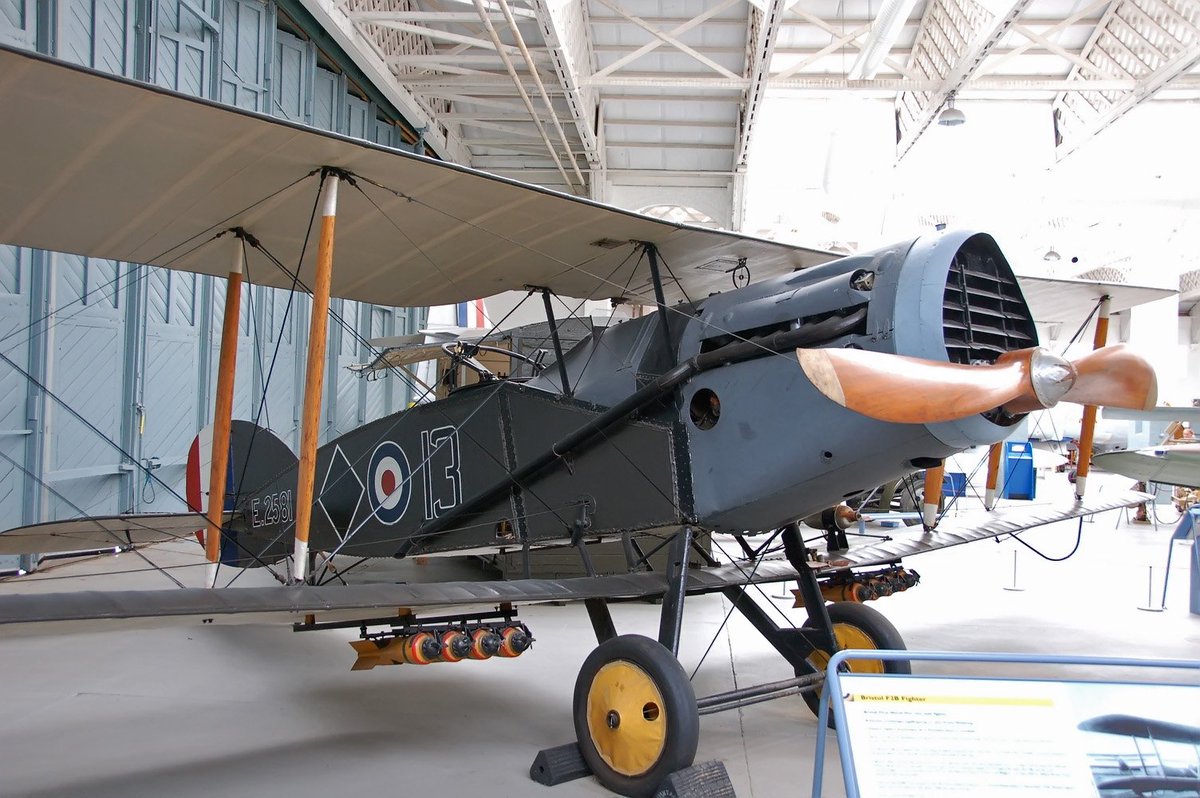
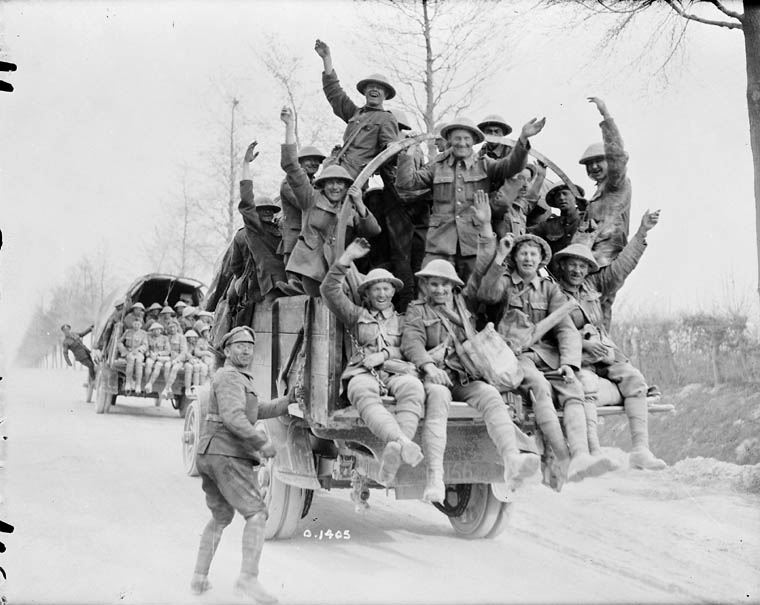
 Days after the battle, the Toronto Daily Star proclaimed, “Canadians Score Again” [what’s a Canadian victory without a hockey analogy!] while a Paris newspaper called it "Canada's Easter Gift to France." With victories like this, the end of the war must be close, right?!
Days after the battle, the Toronto Daily Star proclaimed, “Canadians Score Again” [what’s a Canadian victory without a hockey analogy!] while a Paris newspaper called it "Canada's Easter Gift to France." With victories like this, the end of the war must be close, right?!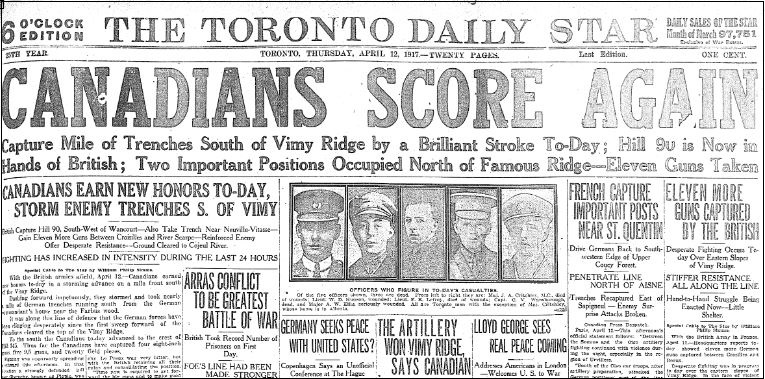

 McLeod and Hammond served in No. 2 Squadron, RAF flying the Armstrong Whitworth F.K 8, a two-seater. It was an effective and dependable aircraft that was used for reconnaissance, artillery spotting, ground attack, contact patrols, and bombing. 2/10
McLeod and Hammond served in No. 2 Squadron, RAF flying the Armstrong Whitworth F.K 8, a two-seater. It was an effective and dependable aircraft that was used for reconnaissance, artillery spotting, ground attack, contact patrols, and bombing. 2/10 

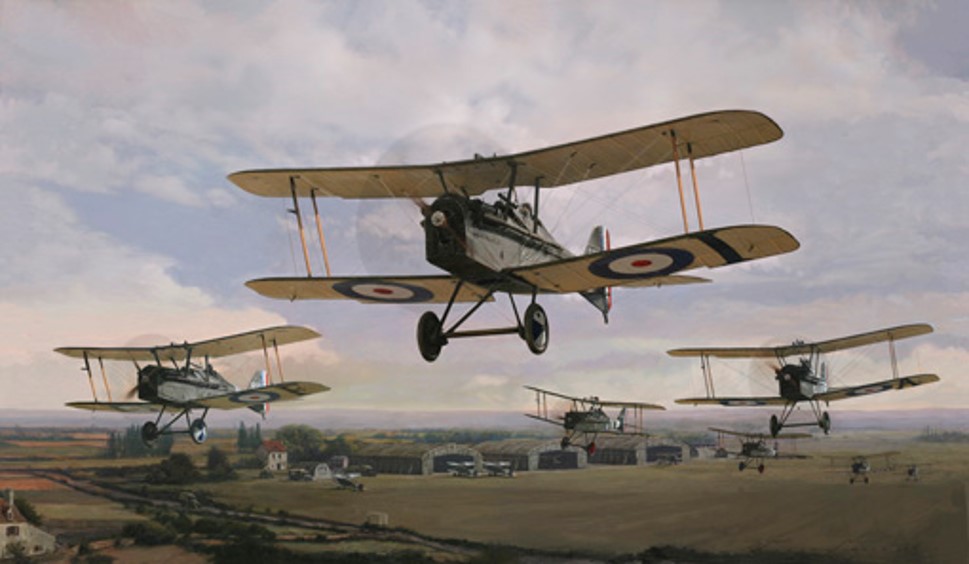
 Major-General Hugh Trenchard, the RFC commander in France, stated on 10 Apr '17: “The utmost vigour must be shown by all pilots and observers.” This policy worked over the Somme in 1916 but changes in the balance of power in early 1917 eliminated many RFC advantages.
Major-General Hugh Trenchard, the RFC commander in France, stated on 10 Apr '17: “The utmost vigour must be shown by all pilots and observers.” This policy worked over the Somme in 1916 but changes in the balance of power in early 1917 eliminated many RFC advantages. 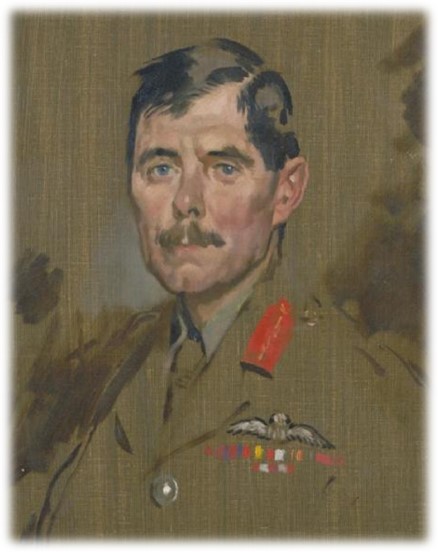
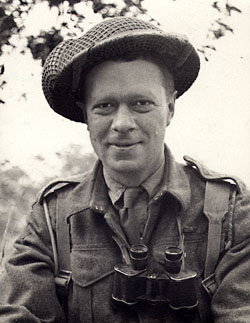

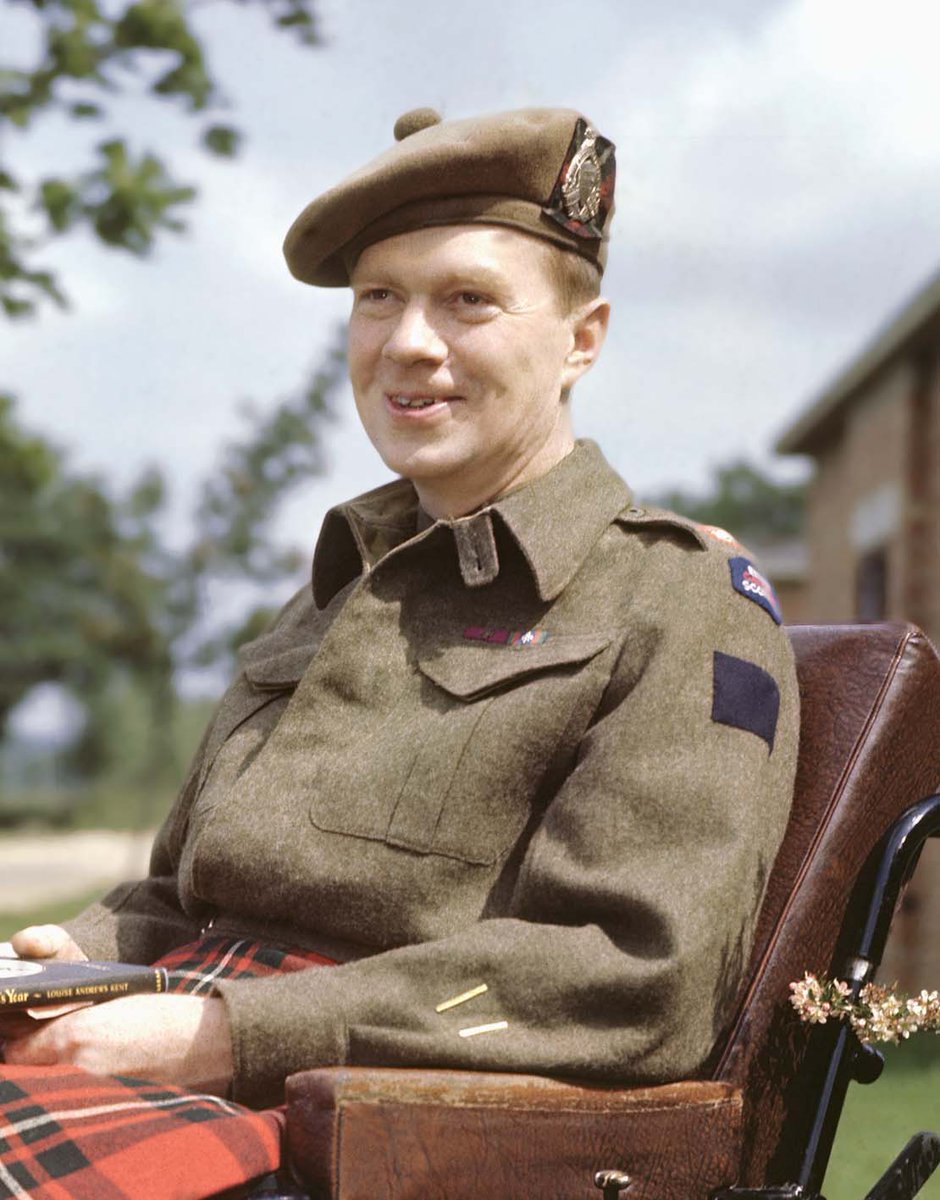 His company's objective was the Schmachdarm on the west side of the Hochwald Forest. The approach was across open fields well sited by German anti-tank guns, mortars, and MGs.
His company's objective was the Schmachdarm on the west side of the Hochwald Forest. The approach was across open fields well sited by German anti-tank guns, mortars, and MGs.
